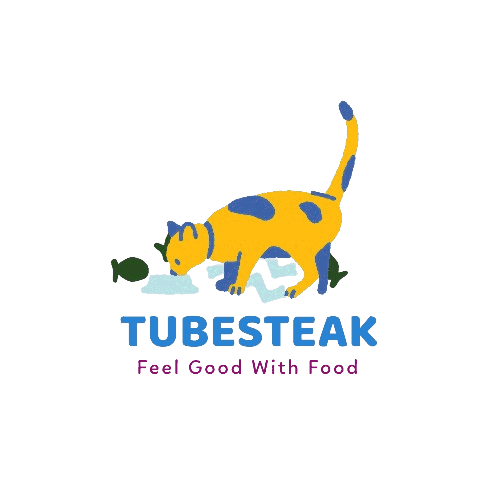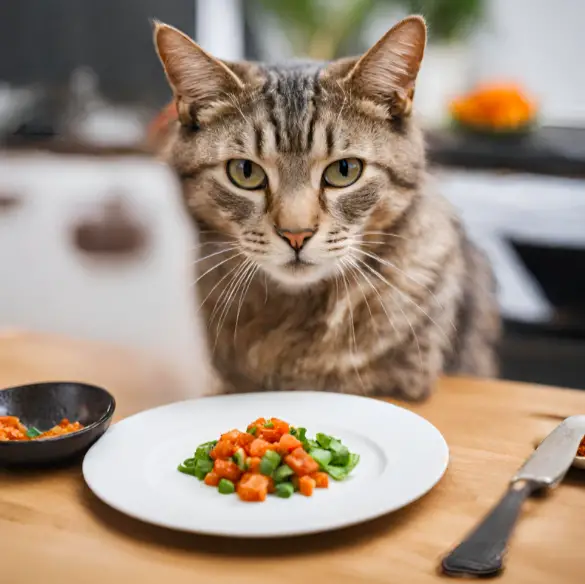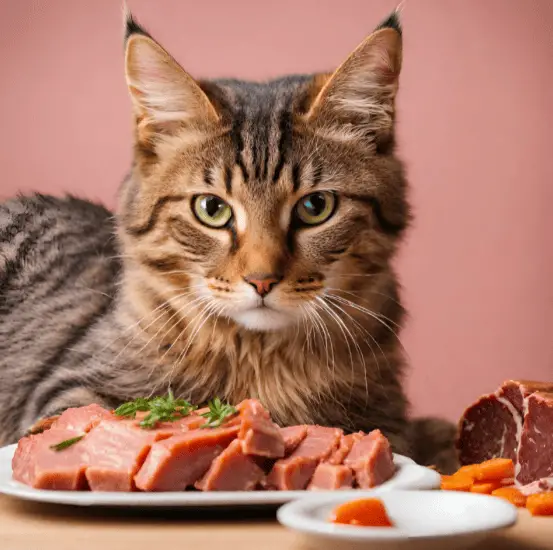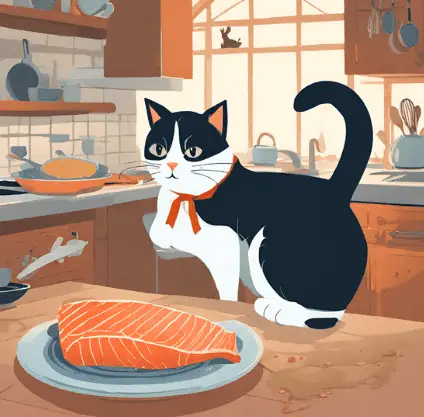
Did you know that cooking your food can actually help it last longer? In fact, cooked food has a longer shelf life than raw food, thanks to the benefits of food preservation through cooking.
By killing bacteria and extending food safety, cooking plays a crucial role in ensuring the longevity of your meals. However, there are also factors and proper storage techniques to consider.
In this article, we will explore the science behind this and provide helpful tips for keeping your cooked and raw food fresh.
Key Takeaway
Does cooked food last longer than raw food?
Cooked food generally has a shorter shelf life than raw food. Proper storage and handling are essential to ensure food safety and prevent spoilage.
Understanding the Shelf Life of Raw Food
You should understand the shelf life of raw food to ensure its freshness and safety. Raw food refers to any food that hasn’t been cooked or processed. It includes fruits, vegetables, meat, fish, and dairy products.
The shelf life of raw food can vary depending on the type of food and how it’s stored. For example, fruits and vegetables can last anywhere from a few days to a few weeks, while raw meat and fish should be consumed within a few days.
It’s important to properly store raw food to prevent spoilage and foodborne illnesses. Keep raw food refrigerated at temperatures below 40°F (4°C) to slow down the growth of bacteria. Additionally, make sure to separate raw food from ready-to-eat food to avoid cross-contamination.
The Benefits of Cooking for Food Preservation
Cooking food can significantly extend its shelf life, allowing you to preserve larger quantities for future use. When you cook food, you eliminate or reduce the number of microorganisms present in it, which helps to slow down spoilage. Heat kills bacteria, viruses, and parasites that may be present in raw food, making it safer to consume and increasing its longevity.
Additionally, cooking can also deactivate enzymes that cause food to ripen and spoil. By cooking food, you can prevent the growth of harmful bacteria like Salmonella or E. coli, which can cause foodborne illnesses.
The process of cooking also involves the application of heat, which can denature proteins and break down complex carbohydrates into simpler forms. This makes the food less susceptible to spoilage and degradation. Certain cooking methods, such as canning and pasteurization, involve high temperatures and can further extend the shelf life of food. These methods destroy microorganisms and enzymes, ensuring the safety and longevity of the food.
It is important to note that cooking doesn’t make all types of food last longer. Some foods, like fruits and vegetables, may lose some of their nutritional value when cooked. However, the heat used during cooking can kill any harmful bacteria present, making them safer to consume.
Ultimately, cooking food can be an effective way to preserve it and extend its shelf life, ensuring that you have a supply of safe and nutritious food for future use.
How Cooking Kills Bacteria and Extends Food Safety
When you cook food, the heat from the process kills bacteria and extends its safety. This is because cooking at high temperatures destroys harmful microorganisms that can cause foodborne illnesses.
Here are three ways in which cooking helps kill bacteria and keeps your food safe:
- Temperature: Cooking food to the right temperature is crucial for killing bacteria. Different types of food require different internal temperatures to be considered safe. For example, poultry should reach an internal temperature of 165°F (74°C), while ground beef should reach 160°F (71°C). By ensuring that your food reaches the recommended temperature, you can effectively eliminate harmful bacteria.
- Time: Proper cooking time is essential for killing bacteria. It’s important to cook food for a sufficient duration to ensure that all parts reach the desired temperature. This can vary depending on the type and size of the food. For instance, larger cuts of meat may require more time to cook thoroughly and kill bacteria.
- Uniformity: Ensuring uniform heat distribution throughout the food helps in killing bacteria. This is why it’s important to cook food evenly, using methods like flipping, stirring, or rotating during the cooking process. By doing so, you can ensure that bacteria are eliminated from all parts of the food.
Factors Affecting the Shelf Life of Cooked Food
To maximize the shelf life of cooked food, it’s important to store it properly and refrigerate it at the right temperature. Proper storage and refrigeration can help prevent the growth of harmful bacteria and extend the freshness of your cooked meals.
When it comes to cooked food, the key is to cool it down rapidly and store it in airtight containers in the refrigerator. The ideal temperature for refrigeration is below 40°F (4°C). It’s important to note that cooked food should be refrigerated within two hours of cooking to minimize the risk of bacterial growth.
Additionally, it’s essential to store cooked and raw food separately to avoid cross-contamination. Raw food, such as meat, poultry, and seafood, should always be kept separately from cooked food to prevent the transfer of bacteria. Use separate cutting boards, utensils, and storage containers for raw and cooked food to maintain food safety.
Tips for Properly Storing Cooked and Raw Food
Ensuring food safety in your kitchen is paramount, and one of the fundamental practices to uphold is the proper separation of cooked and raw foods. This practice serves as a robust defense against the risk of cross-contamination, which can lead to foodborne illnesses caused by harmful bacteria.
By adhering to some key guidelines and best practices, you can significantly reduce the chances of foodborne illnesses and maintain the well-being of those you cook for.
One of the fundamental rules in food safety is to keep raw meat, poultry, and seafood completely separate from other foods. These raw products can potentially harbor harmful bacteria like Salmonella, E. coli, and Campylobacter.
To prevent any potential cross-contamination, it’s essential to store them in sealed containers or wrap them tightly before placing them in the refrigerator or freezer. This not only keeps the juices from dripping onto other foods but also prevents any airborne particles from settling on other items.
Furthermore, when dealing with raw foods like fruits and vegetables, it’s crucial to separate them from raw meats. Raw fruits and vegetables may also carry bacteria, and coming into contact with contaminated raw meats can pose a risk. Store your fresh produce in a different section of the refrigerator, or if space is limited, ensure they are sealed and placed above the raw meats to prevent any drips.
Beyond storage, the importance of using separate cutting boards and utensils for raw and cooked foods cannot be overstated.
This practice is a crucial layer of protection against cross-contamination. Ideally, you should have dedicated cutting boards and utensils for raw meats and another set for cooked foods or ready-to-eat items. This ensures that no bacteria from raw foods are transferred to cooked dishes during food preparation.
When it comes to food safety, vigilance and attention to detail are key. Properly separating cooked and raw foods is a simple yet effective way to reduce the risk of foodborne illnesses. By following these guidelines and incorporating them into your kitchen routine, you can enjoy peace of mind knowing that you are taking proactive steps to protect yourself and your loved ones from foodborne pathogens.
Remember that food safety is a shared responsibility, and these practices should be taught and followed by everyone involved in food preparation in your household or kitchen.
The Importance of Temperature Control in Food Safety
You should always be mindful of temperature control because it’s crucial for ensuring food safety. Proper temperature control helps to prevent the growth of harmful bacteria that can cause foodborne illnesses.
When it comes to cooked and raw food, it’s important to understand that cooked food generally has a shorter shelf life than raw food.
Cooked food, whether it’s leftovers or freshly cooked meals, should be stored at a temperature below 40°F (4°C) to slow down bacterial growth. It’s recommended to refrigerate cooked food within two hours of cooking or serving. If left at room temperature for too long, bacteria can multiply rapidly, increasing the risk of food poisoning.
On the other hand, raw food, such as raw meat, poultry, or seafood, should be stored at temperatures below 40°F (4°C) or below freezing to prevent the growth of bacteria. Raw food can also be stored in the freezer to extend its shelf life. However, it’s important to note that freezing doesn’t kill bacteria, but rather slows down their growth.
To ensure food safety, always remember to keep cooked and raw food separate to avoid cross-contamination. Use separate cutting boards, utensils, and storage containers for cooked and raw food. Additionally, make sure to properly cook food to the recommended internal temperature to kill any harmful bacteria that may be present.
Conclusion
In conclusion, cooking food can significantly extend its shelf life by killing bacteria and preventing spoilage. By properly storing both cooked and raw food, you can ensure their safety and freshness.
Remember to control the temperature to maintain food safety. So, whether you prefer raw or cooked food, following these guidelines will help you enjoy your meals without any concerns about food spoilage.

Stephanie Ansel is a well-known writer and journalist known for her unique and captivating writing style. She has written many articles and books on important topics such as the lifestyle, environment, hobbies, and technology and has been published in some of the biggest newspapers and magazines. Stephanie is also a friendly and approachable person who loves to talk to people and learn about their stories. Her writing is easy to read and understand, filled with lots of details and information, and is perfect for both kids and adults who want to learn about important topics in an interesting way.





